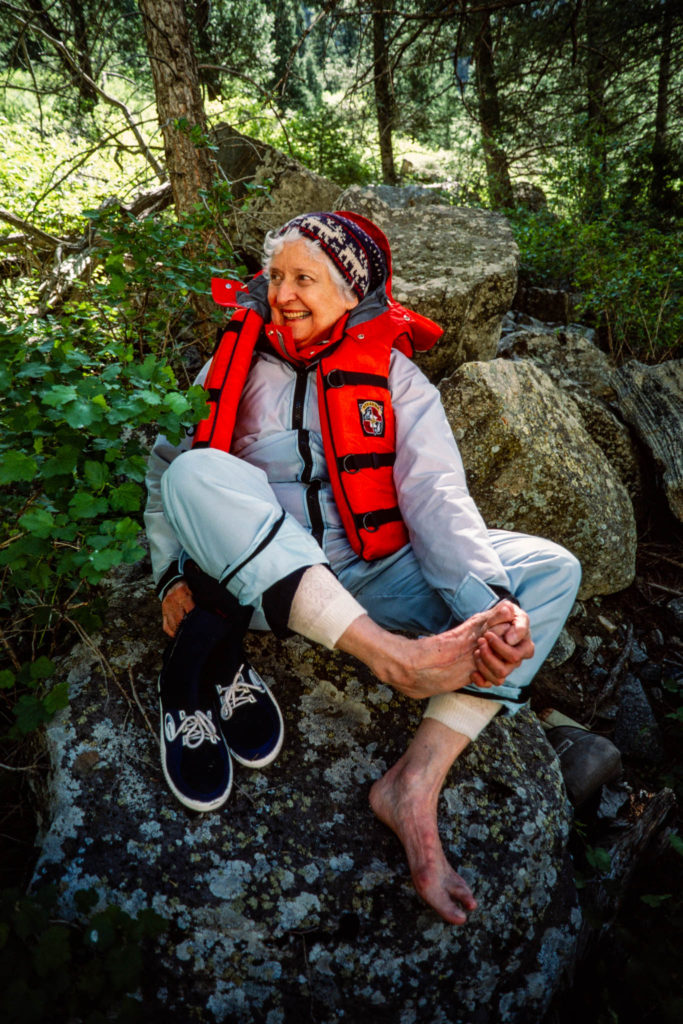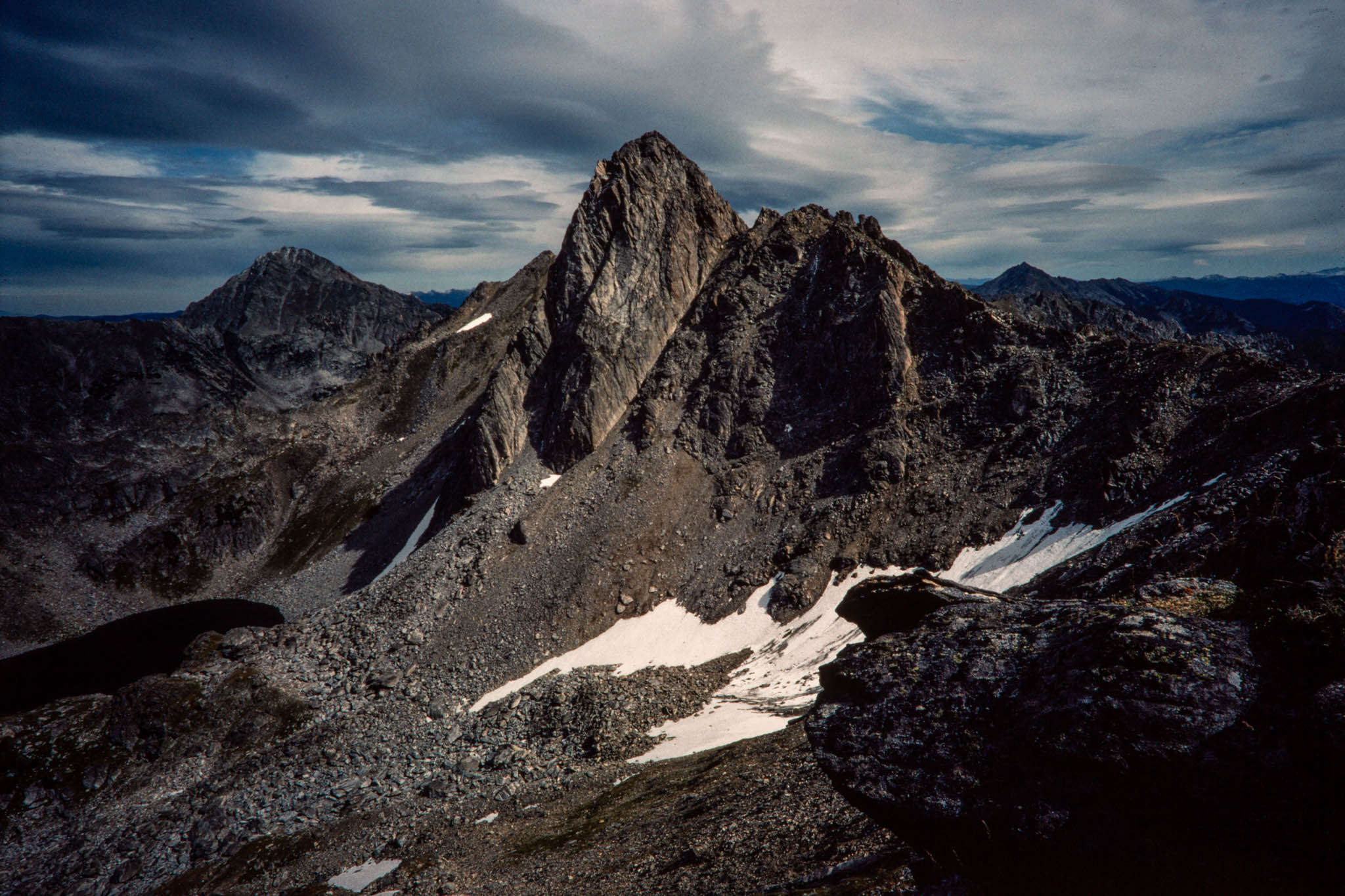Montanans regard themselves as kin of Lewis and Clark, those first recorders of accurate knowledge of the West’s flora, fauna, and native inhabitants. Their expedition of discovery looms large in the state’s history, for it was here the explorers spent more time and covered more miles than in any other part of their journey. As they followed the wild Missouri to its headwaters, they described for Thomas Jefferson the vast land abundant in forests, animals, grassy plains, and clear waters.
Here was the place where earth, sky, and water came together in bountiful reaches, a land so generous and giving that taking became expectation. The fur traders took the beaver, the hunters the bison, the miners the minerals, the lumbermen the timber, the plowmen the grasses. Every product of nature was treated as though it were inexhaustible. In a world of such abundance, the erosion and abuse were slow to show and easy to bypass.
Today only 10 percent of Montana’s great heritage remains as Lewis and Clark first saw it, and of that less than one-third has been placed by Congress in the wilderness system. The remainder, all federal land, is open to projected assignment for roads, timber, and mining. In spite of the disappearing natural resources, Montanans are still the spiritual sons and daughters of Jefferson’s explorers. They are attached to the frontier and the wilderness not for sentimental reasons, but because of deep-rooted values about the land.
My own experience comes from years of watching the political and economic pressures that have been put upon the environment. I learned from Lee Metcalf that there is a connection between the way land is managed and the well-being of the public. During my childhood, my father and I roamed all his favorite spots in western Montana — his fishing grounds, his birding marshes, his vistas for fresh perspectives. But for over 40 years, I was away. And when, in 1979, I again had time for scouting the outdoors, I found how changed it was.

I had taken trusting comfort from 20 years of legislation aimed at better stewardship of public lands. But now I view the changes of one lifetime: the clearcuts, the bulldozed roads, the gravel washed for gold at the foot of a waterfall. If legislation is not enough, if research and polls that endorse protection are not enough, then I must, since I care, work in every additional way possible to see that Montana’s few remaining natural areas are saved.
There is no time for dwelling on the long-gone days of the twenties, when I could drift through alleys of fragrant evergreen in my family’s Maxwell or trek shank’s mare to a picnic site whose season was marked by trilliums, wild roses, or elderberry. Today I pursue my relationship to the land in meetings called to affirm the value of balanced natural systems. The people with whom I meet are lawyers, bankers, professors, foresters, engineers, accountants, and land planners. We seek to protect ecosystems that depend, as we do, upon secure habitat, clean air, and fresh water.
The opportunity for such protection is limited. It remains in only a few areas — areas for which the wilderness system provides the highest likelihood of success.
Whatever future there is for wilderness must be seized immediately. We could preserve the heritage of a shared world that so enhances the quality of life and maintain the valuable balance of flora and fauna built over millions of years. Why should we not preserve for succeeding generations some small part of the natural grandeur that once seemed so endless? Why should we not open our minds?
— Donna Metcalf

